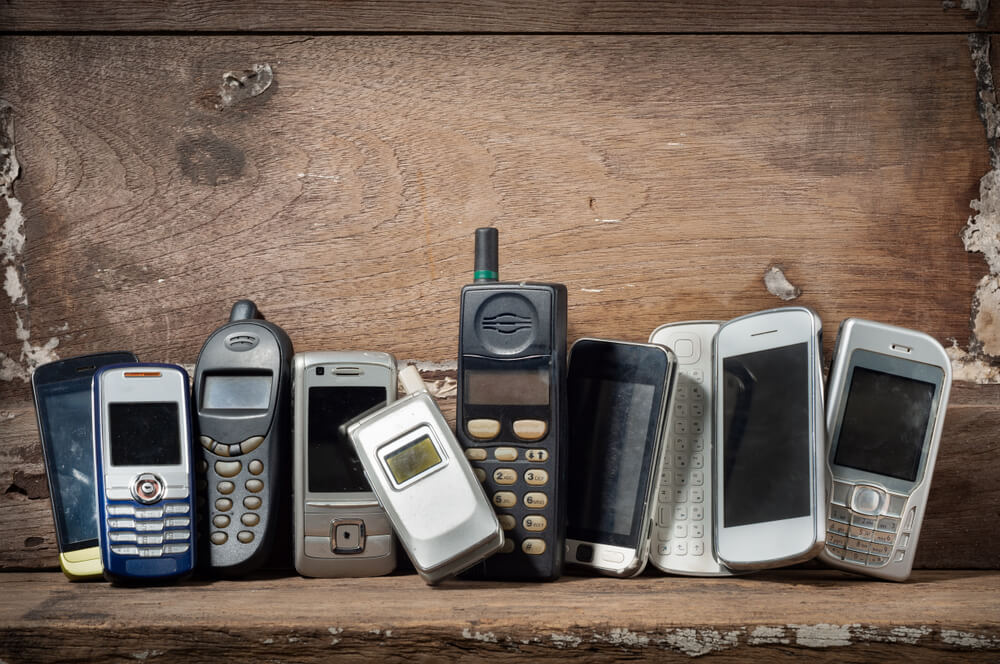In 1901, a lamp was installed at Livermore Fire Station in California, USA. Usa), It was on and it was not erased again, more than 100 years have passed and the focus is still on as the first day. The lamp is one of the most curious tests of a phenomenon called programmed obsolescence.
What’s so special about this lamp? Nothing really. It is similar to those created by Thomas Alva Edison in 1881, which lasted 1,500 hours. The century-old lamp is just an improved model. The obvious question is why some technologies stood the pace of time, given that media and technology are supposed to have evolved, wouldn’t it make sense that we now have better lamps and not the other way around?
- This problem becomes even more mysterious when we look at other modern devices.
- Older TVs last longer than modern TVs.
- And the same applies to almost all devices.
- For what? There was simply a pact.
- Sealed in 1924.
- That consolidated the obsolescence programmed in the world.
“In addition to being an economy of excess and elimination, consumerism is also, and precisely why, an economy of lies. Bet on the irrationality of consumers, not their well-informed and cold decisions. Consumer emotion, not cultivating reason? Zygmunt Bauman
Programmed obsolescence is defined as the practice of limiting the shelf life of products, artificially and deliberately, that is, that things are manufactured in such a way that after a while they are no longer useful, not because it is not possible to produce them otherwise. In fact, they are produced in this way so that there is more consumption.
If a person buys an item that lasts a long time, they won’t need to replace it for many years; on the other hand, if the device or product decomposes relatively quickly, the consumer will have to change it frequently. , there are more sales to producers.
Lamps are not the only example of programmed obsolescence, an even more illustrative case is that of women’s nylon stockings, which initially lasted more than a year. Currently, we can hardly use them more than twice.
There is extensive evidence that a powerful group of industries met at Christmas 1924 in Geneva, Switzerland. This group was known as the “Phoebus Poster”. We know that one of their first agreements was to ban a lamp that was already patented and lasted 100,000 in the same line, they signed a pact to impose the obsolescence of the program on other products.
Today many forms of programmed obsolescence prevail. Some of them are:
Currently, programmed obsolescence is strongly associated with emotions, so a deliberately continuous update is planned, especially for technological devices, which generates the desire to acquire the latest model, even if it does not present great improvements.
Finally, this entire consumer system is designed to maintain a high sales volume. Programmed obsolescence is a strategy to achieve this. The most serious thing is that nowadays people do not even analyze the quality or usefulness of the products. What exists is a strong desire to keep buying.
What was a form of property manipulation has become a desire of the people, who internalized the planned obsolescence. Now we want to quickly remove used items and replace them with new ones, giving many people a sense of satisfaction, control and power.
In the face of these increasingly obvious forms of manipulation, the tendency to recycling has emerged, which aims to promote a culture of reuse, whose objective is not only to limit unbridled consumerism, but also to protect the environment.
Finally, recycling also has a psychological impact. It promotes a recomposition-focused attitude, without rejection, accepts that things can be imperfect and yet useful and valuable, which can also lead to a more constructive and humane attitude to many intangible realities that are discarded when they begin to deteriorate. cause problems.

